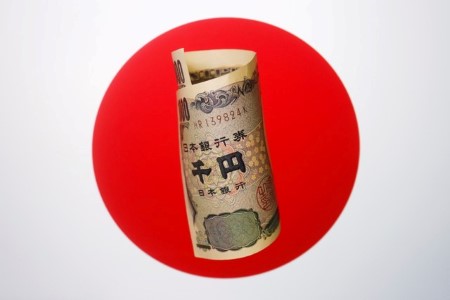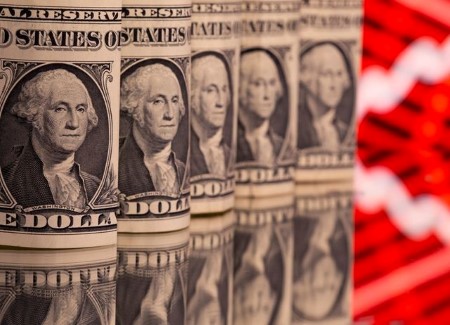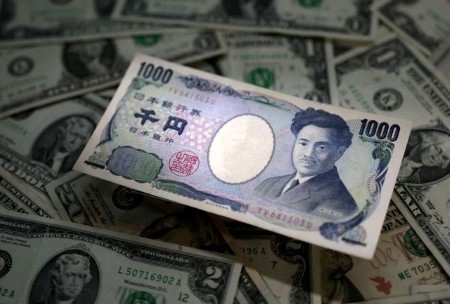April 18 (Reuters) – Amid a flurry of commentary from global financial leaders at the International Monetary Fund and World Bank Spring meetings in Washington, and with many markets having undergone huge moves in recent weeks, investors are taking a bit of a time out.
The relentless bond selling of late reversed on Wednesday and pushed yields lower, gold flatlined again, oil tumbled 3% for its biggest fall in over two months, and stocks wobbled.
Whether it’s fatigue (gold), short-covering (bonds), worries about the impact of higher borrowing costs on growth and demand (stocks and oil), or just seeking refuge from the barrage of headlines from Washington, investors are trimming back risk.
This is the backdrop to Thursday’s market open in Asia, where the calendar includes Japan’s tertiary index of industrial activity, unemployment from Australia and Hong Kong, and a speech by Bank of Japan board member Asahi Noguchi.
On the equity front, the correction that appears to be developing in some quarters gathered momentum on Wednesday, despite a notable decline in bond yields and the dollar’s first daily loss in seven.
Japan’s Nikkei 225 index is down 3.6% this week, on course for its biggest weekly drop since December 2022. The S&P 500 fell for a fourth day, is on track for its third weekly loss in a row, and is down 5% since its all-time high last month.
The MSCI Asia ex-Japan index is down year-to-date.
Exchange rates – and by extension trade competitiveness, restrictions, and tariffs – remain under close scrutiny.
President Joe Biden on Wednesday called for sharply higher US tariffs on Chinese metal products, duties of up to 25% on certain steel and aluminum products, in a move that will risk angering Beijing.
Finance leaders from the United States, Japan, and South Korea, meanwhile, agreed to “consult closely” on FX markets in their first trilateral meeting on Wednesday, nodding to concern by Tokyo and Seoul over their currencies’ recent sharp declines.
The agreement in their first trilateral meeting came as receding expectations of a near-term US interest rate cut pushed the yen to 34-year lows, keeping markets on alert on the chance of yen-buying intervention by Japanese authorities.
“We will continue to cooperate to promote sustainable economic growth, financial stability, as well as orderly and well-functioning financial markets,” a joint statement read.
While Japan may not be actively trying to export its way to prosperity, and the yen’s weakness may be justified on relative economic and interest rate fundamentals, seismic terms of trade shifts like this in Asia tend not to go unmatched.
Could Asia be sliding towards a ‘beggar thy neighbor’ wave of competitive FX depreciation? The trilateral US-Japanese-South Korean statement shows officials are acutely aware of the risks.
Here are key developments that could provide more direction to markets on Thursday:
– IMF/World Bank meetings in Washington
– Australia unemployment (March)
– BOJ’s Noguchi speaks
(By Jamie McGeever)







 DOWNLOAD
DOWNLOAD













